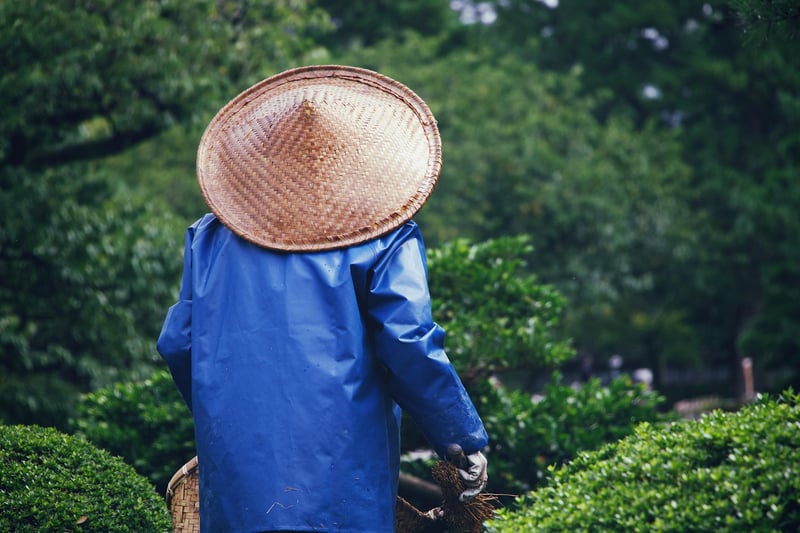Recycling in gardening
The Eco-Friendly Gardener: Green Living Methods and Recycling in Gardening

Introduction
Welcome to the world of eco-friendly gardening, where green living meets the beauty of nature! In this guide, we'll explore sustainable practices and recycling methods you can incorporate into your gardening routine to reduce waste, conserve resources, and create a healthier environment for your plants and the planet.
Benefits of Green Living in Gardening
- Reduces chemical use
- Conserves water
- Promotes biodiversity
- Improves soil health
- Minimizes waste
Recycling in Gardening
Recycling in gardening involves repurposing materials to reduce your environmental impact. Here are some creative ways to recycle in your garden:
Composting
Turn kitchen scraps and yard waste into nutrient-rich compost for your plants. Composting reduces landfill waste and enriches the soil naturally.
Upcycling Containers
Repurpose old containers, jars, or cans as plant pots. Get creative with your containers to add a unique touch to your garden while reducing waste.
Rainwater Harvesting
Collect rainwater in barrels to use for watering your garden. This sustainable practice conserves water and reduces your reliance on treated water sources.
Mulching
Use organic materials like leaves, grass clippings, or straw as mulch to retain moisture, suppress weeds, and improve soil health. Mulching also recycles natural materials back into the ecosystem.
Conclusion
By embracing green living methods and recycling in gardening, you can create a sustainable outdoor space that benefits both your plants and the environment. Start small, experiment with different techniques, and watch your garden flourish with eco-friendly practices!
Remember, every small step towards sustainability makes a difference in creating a greener, healthier planet for future generations.
